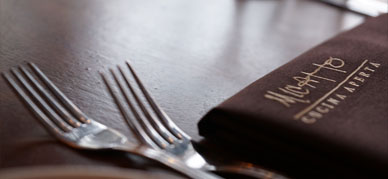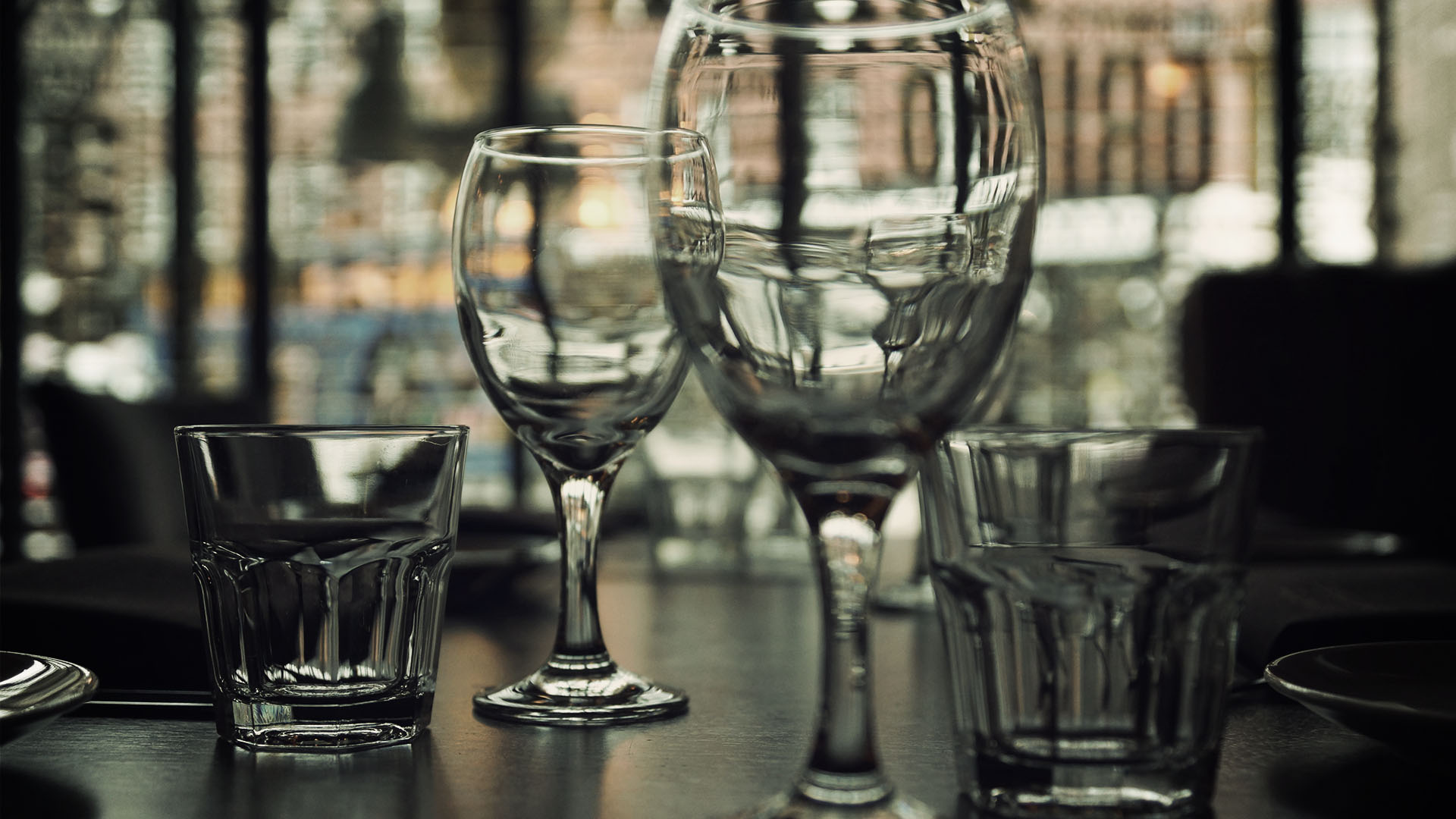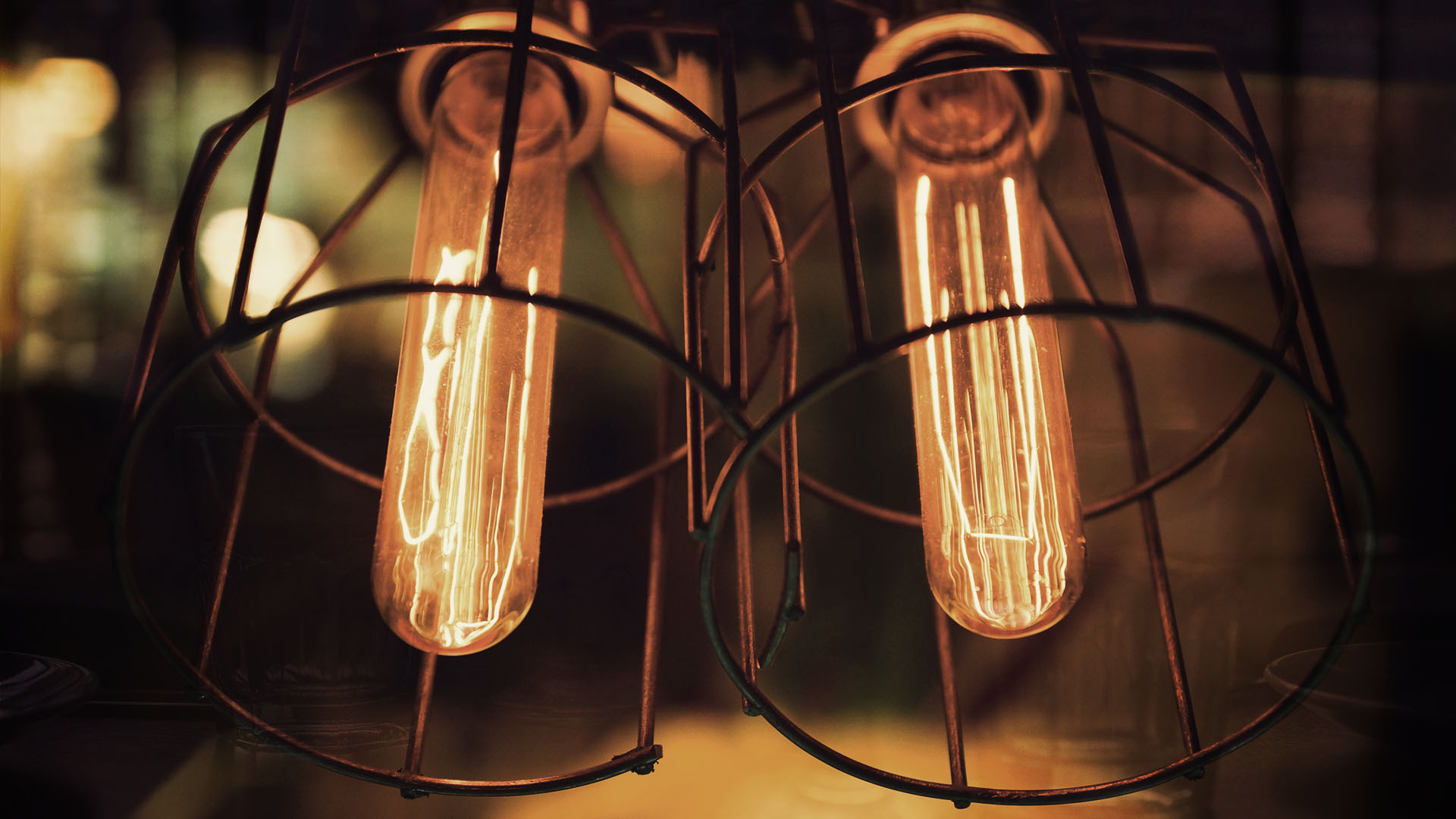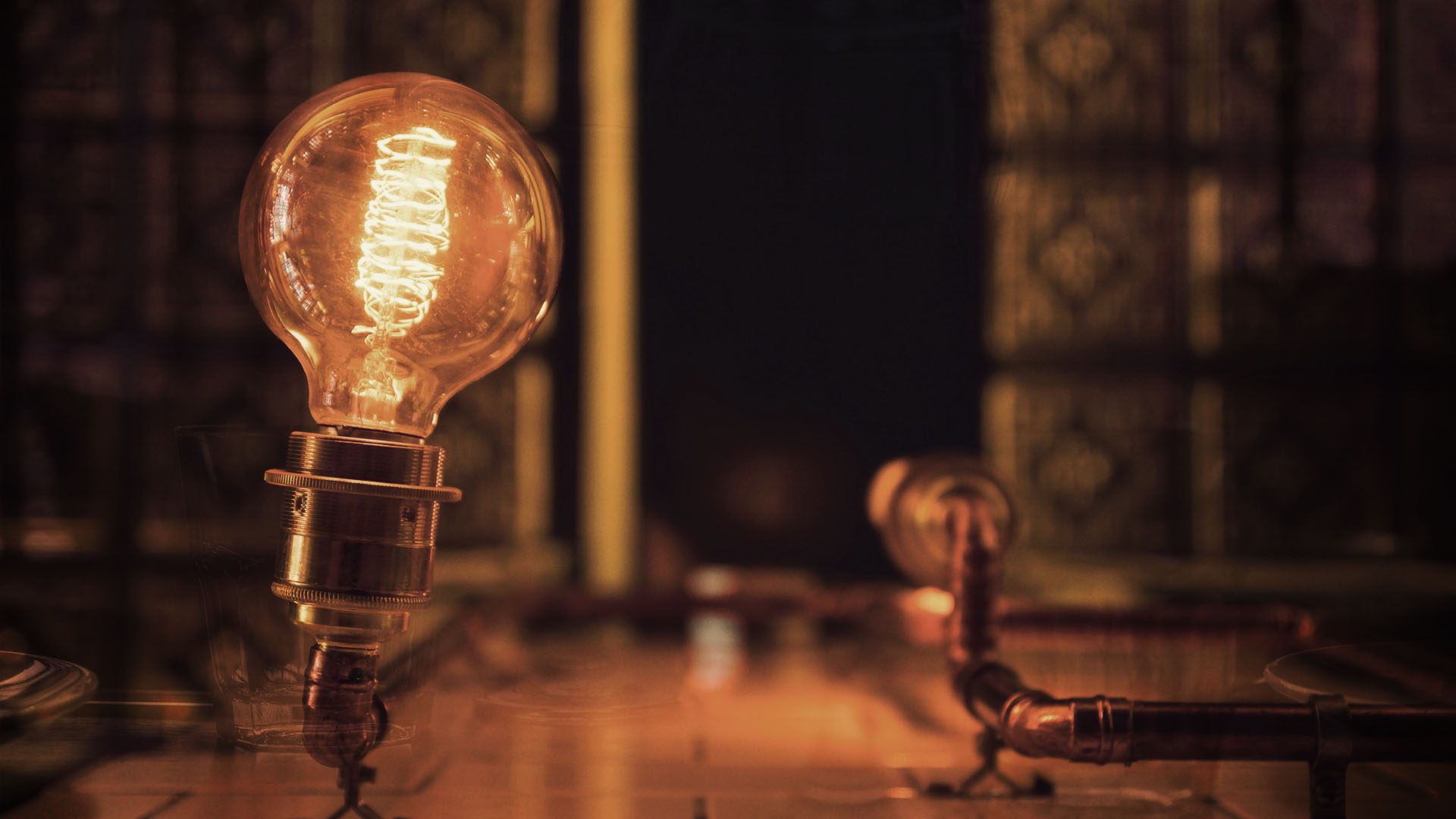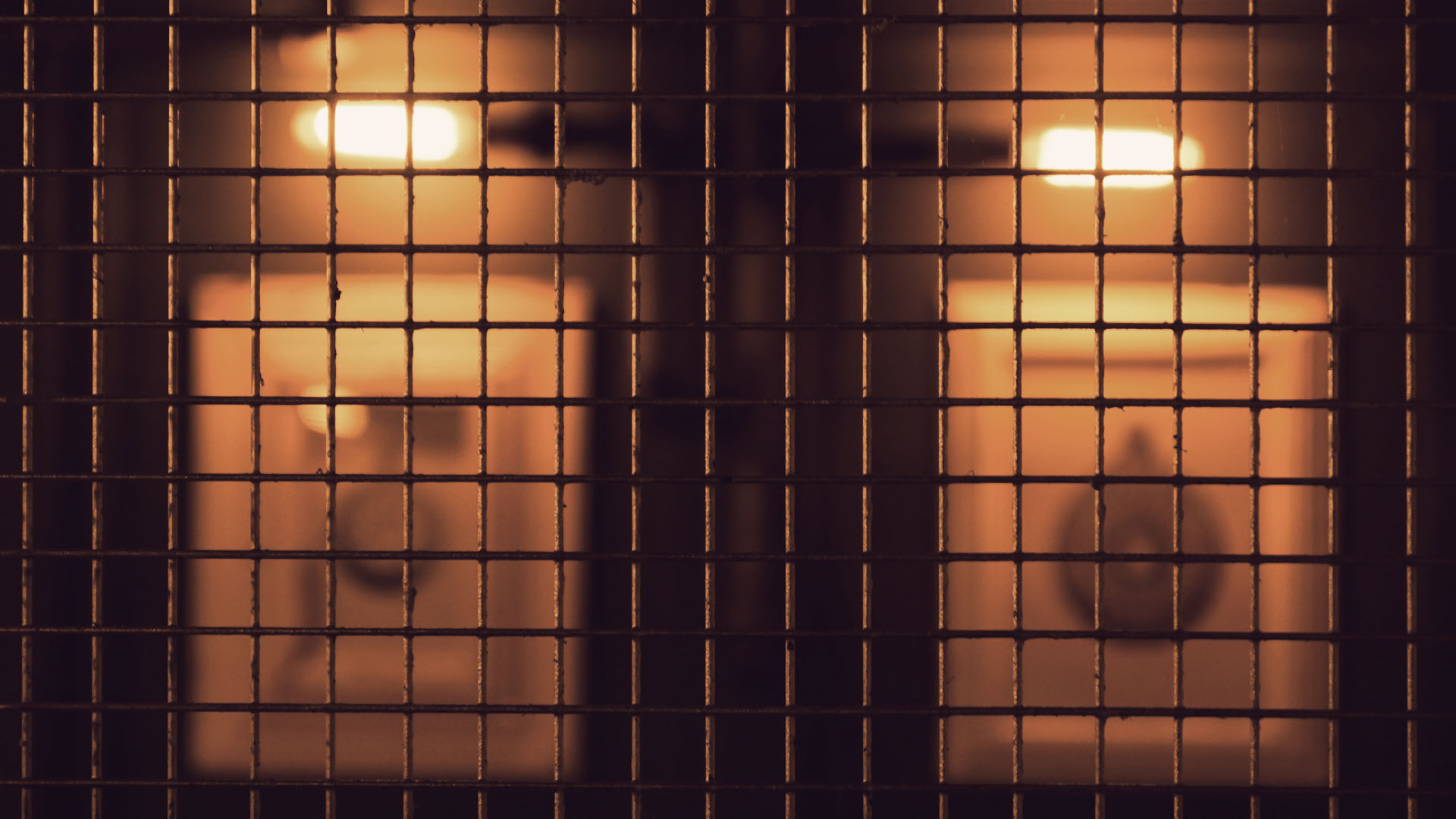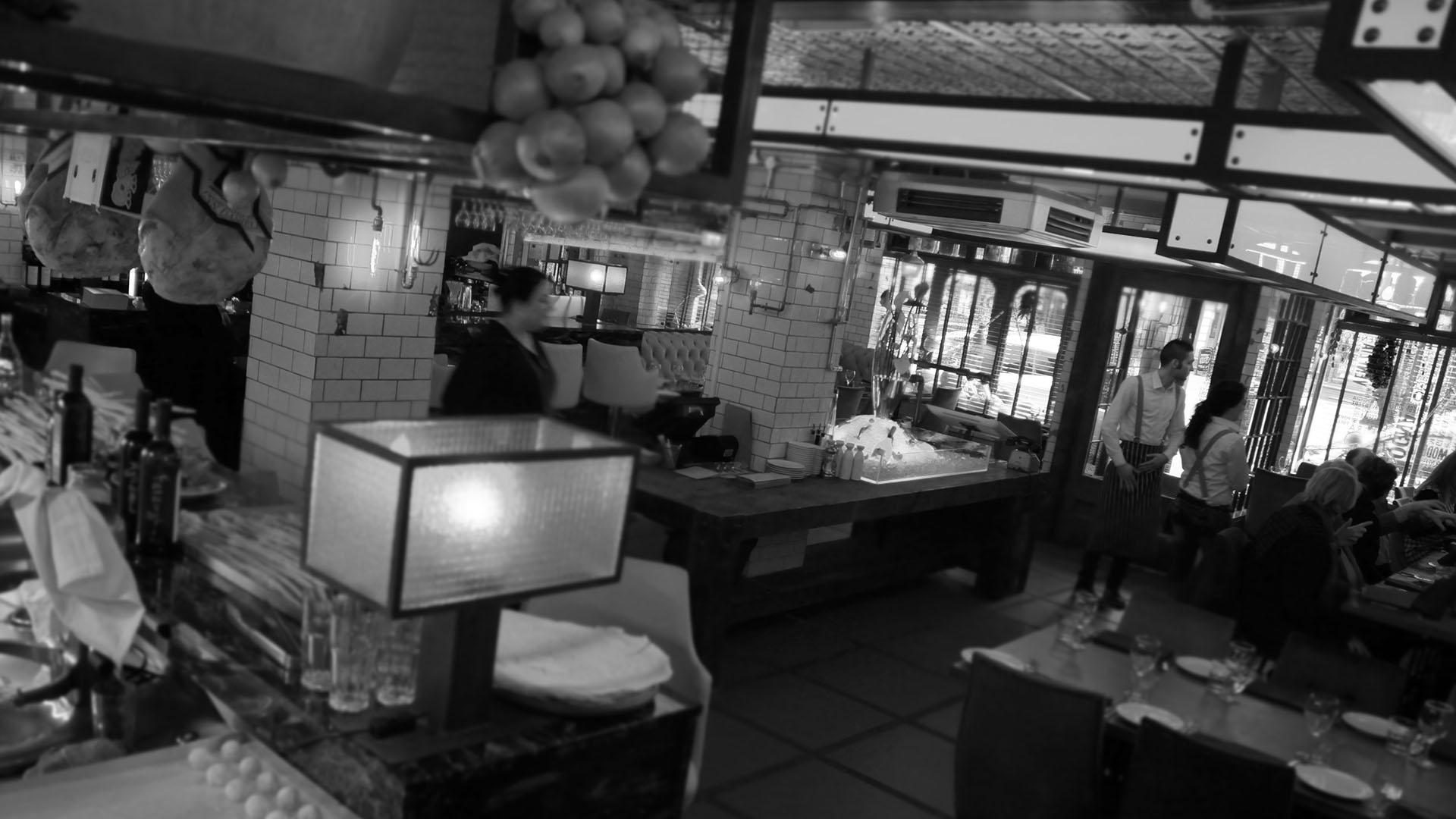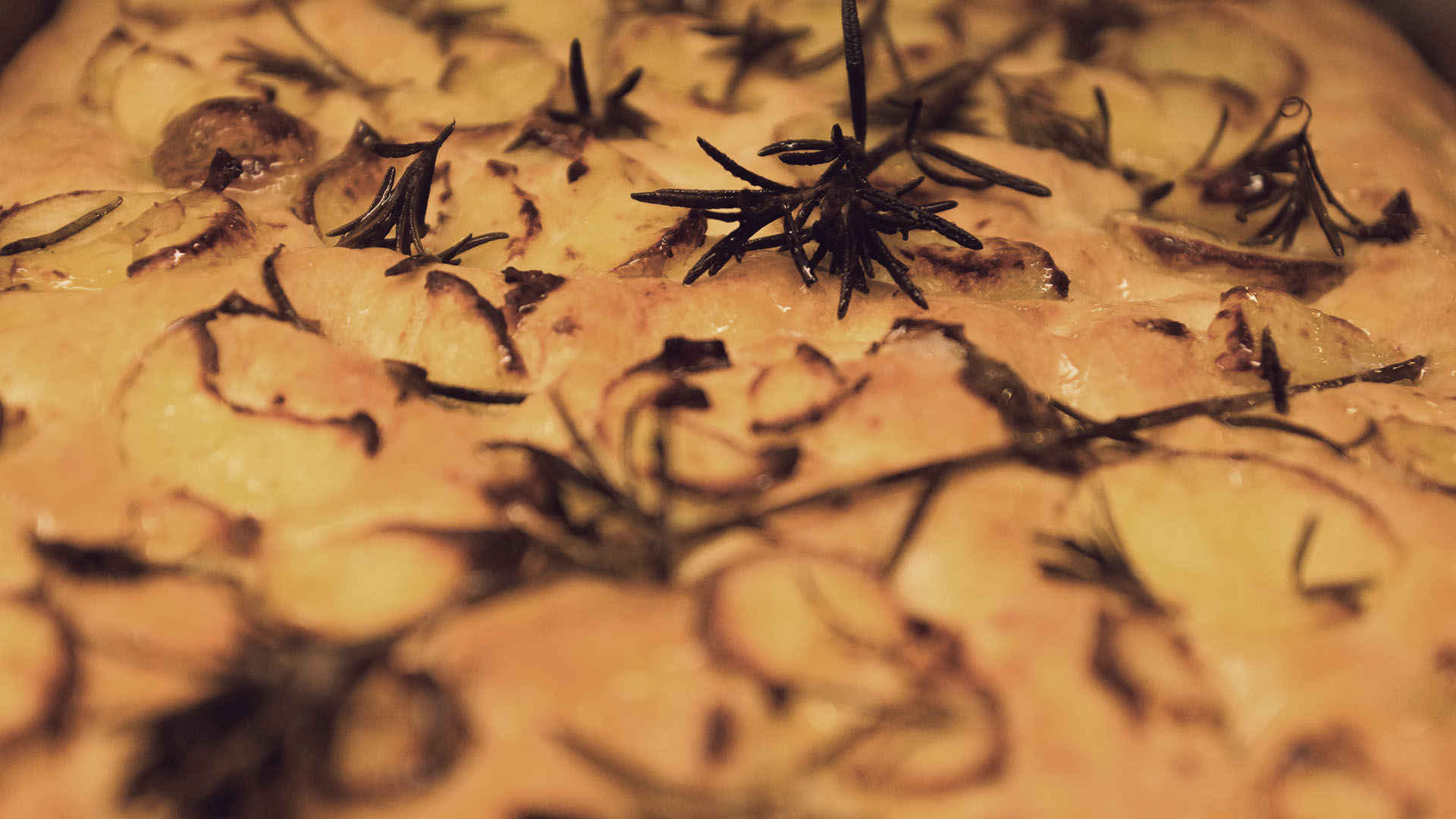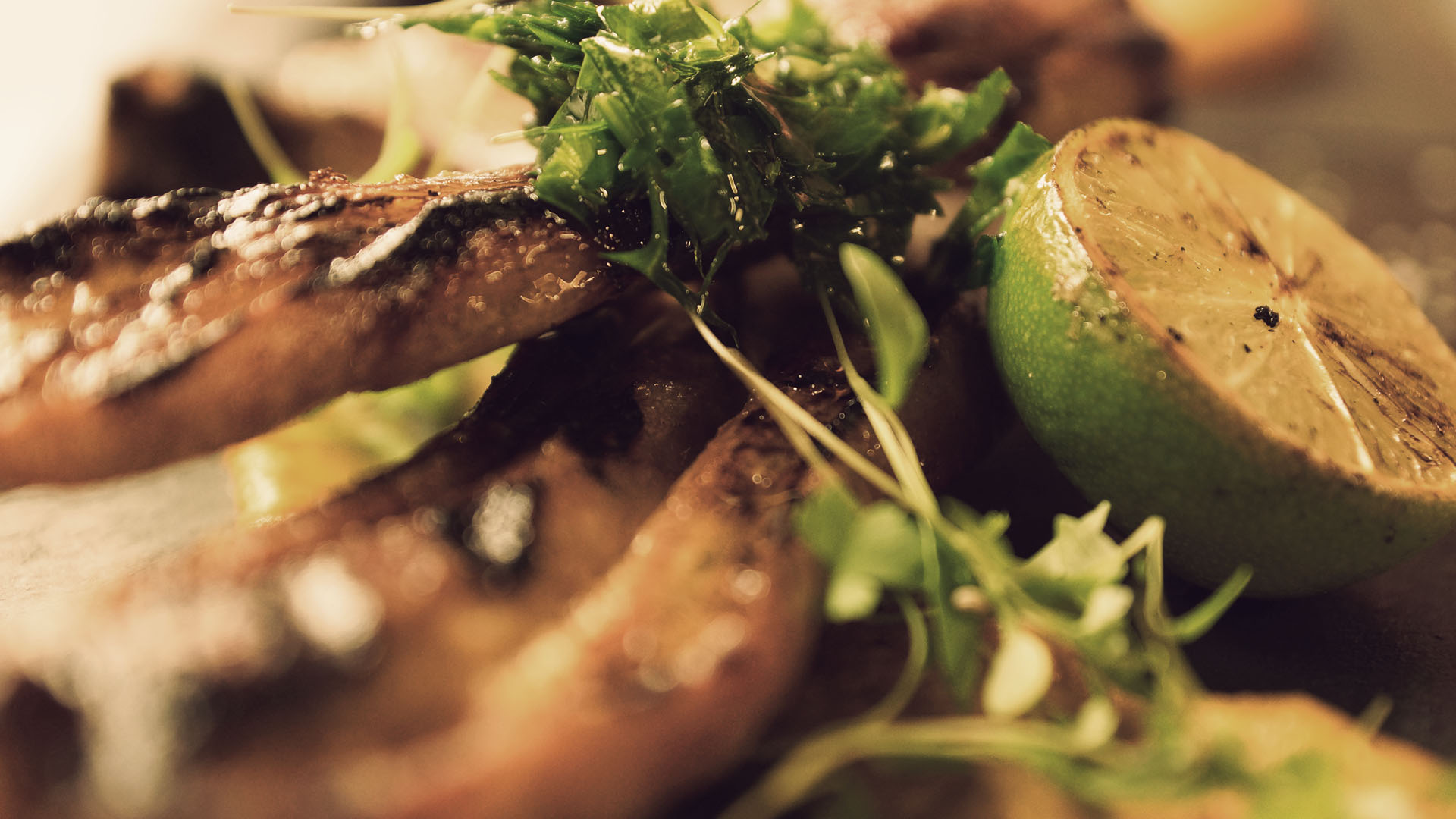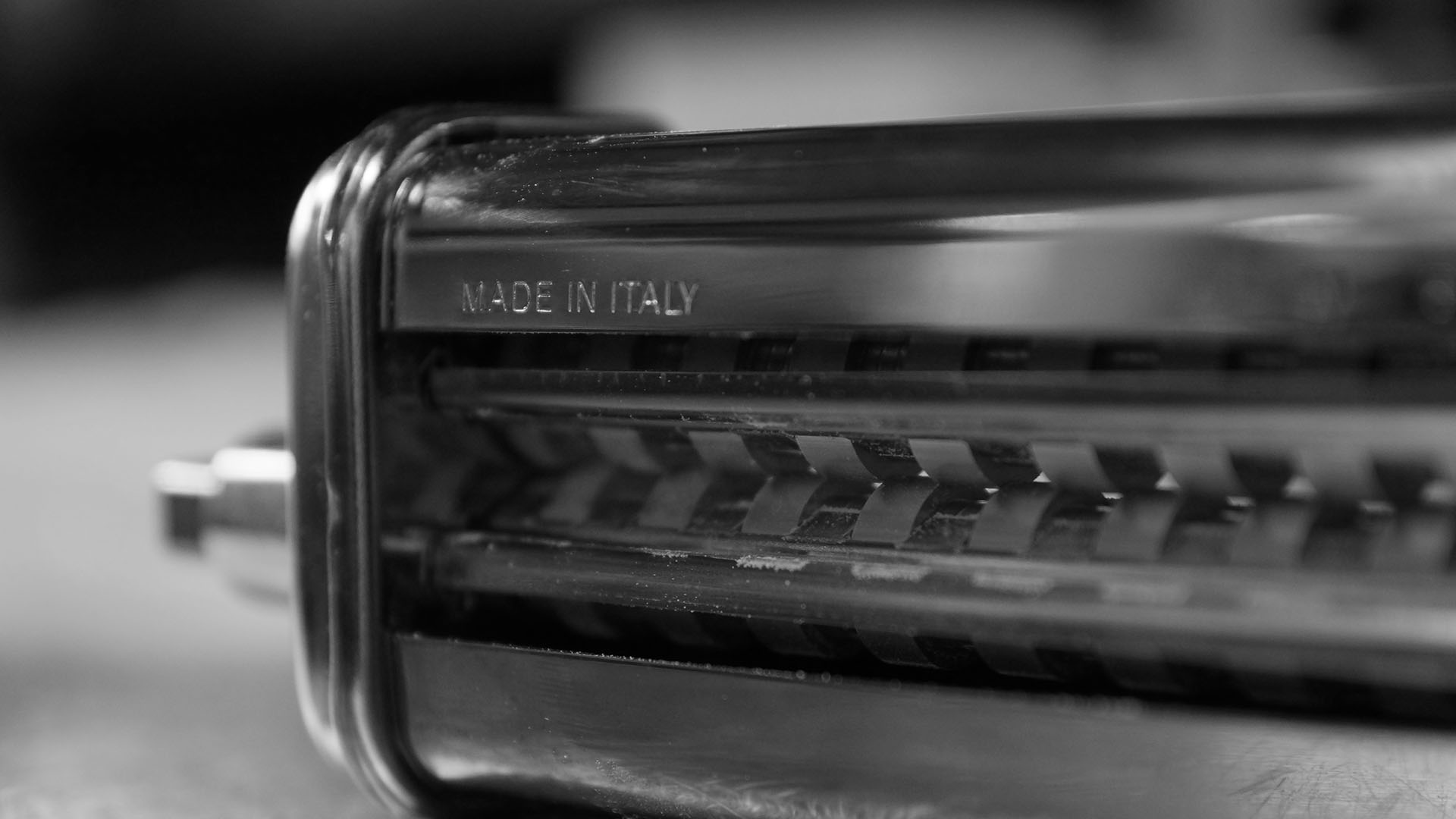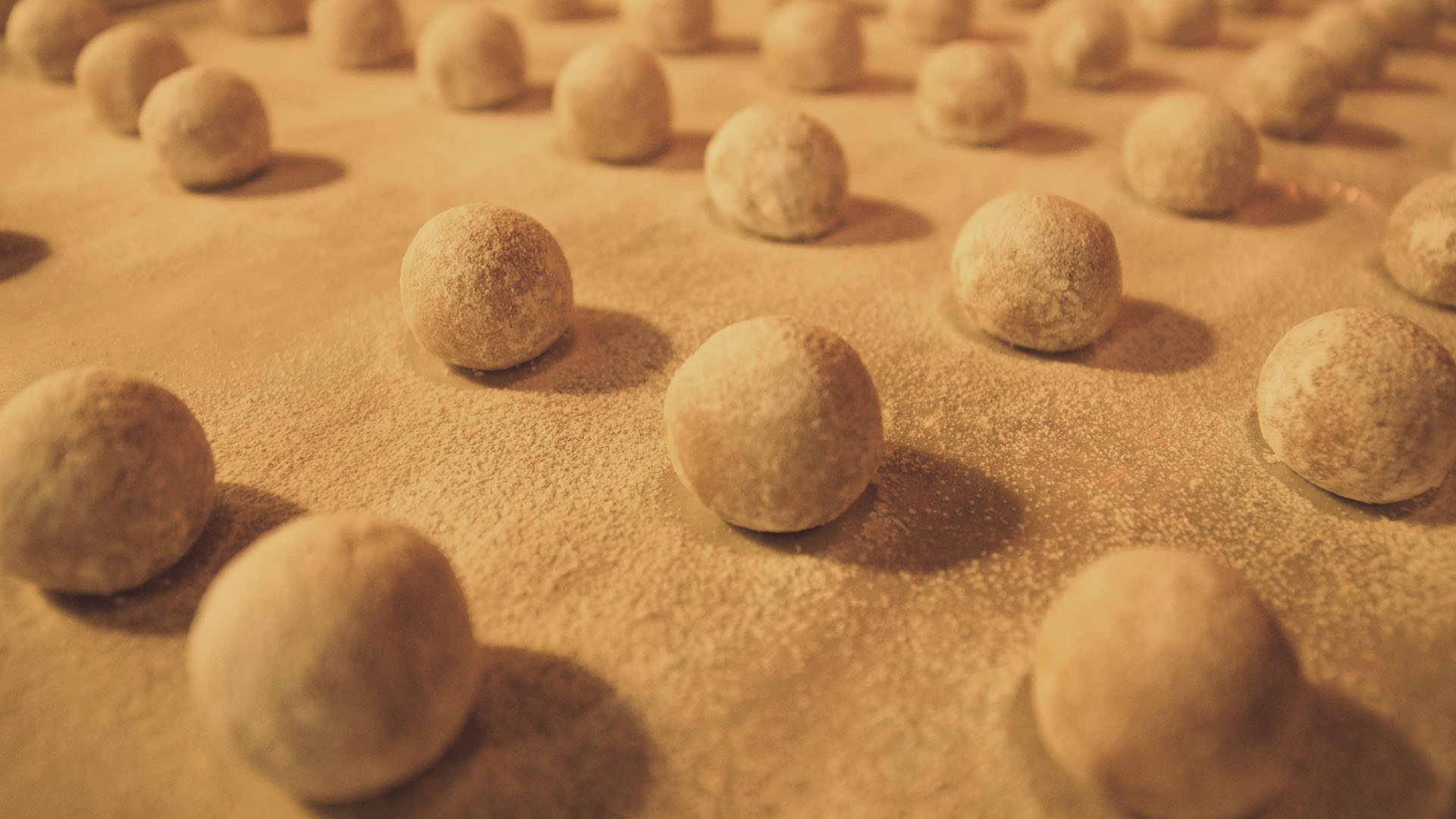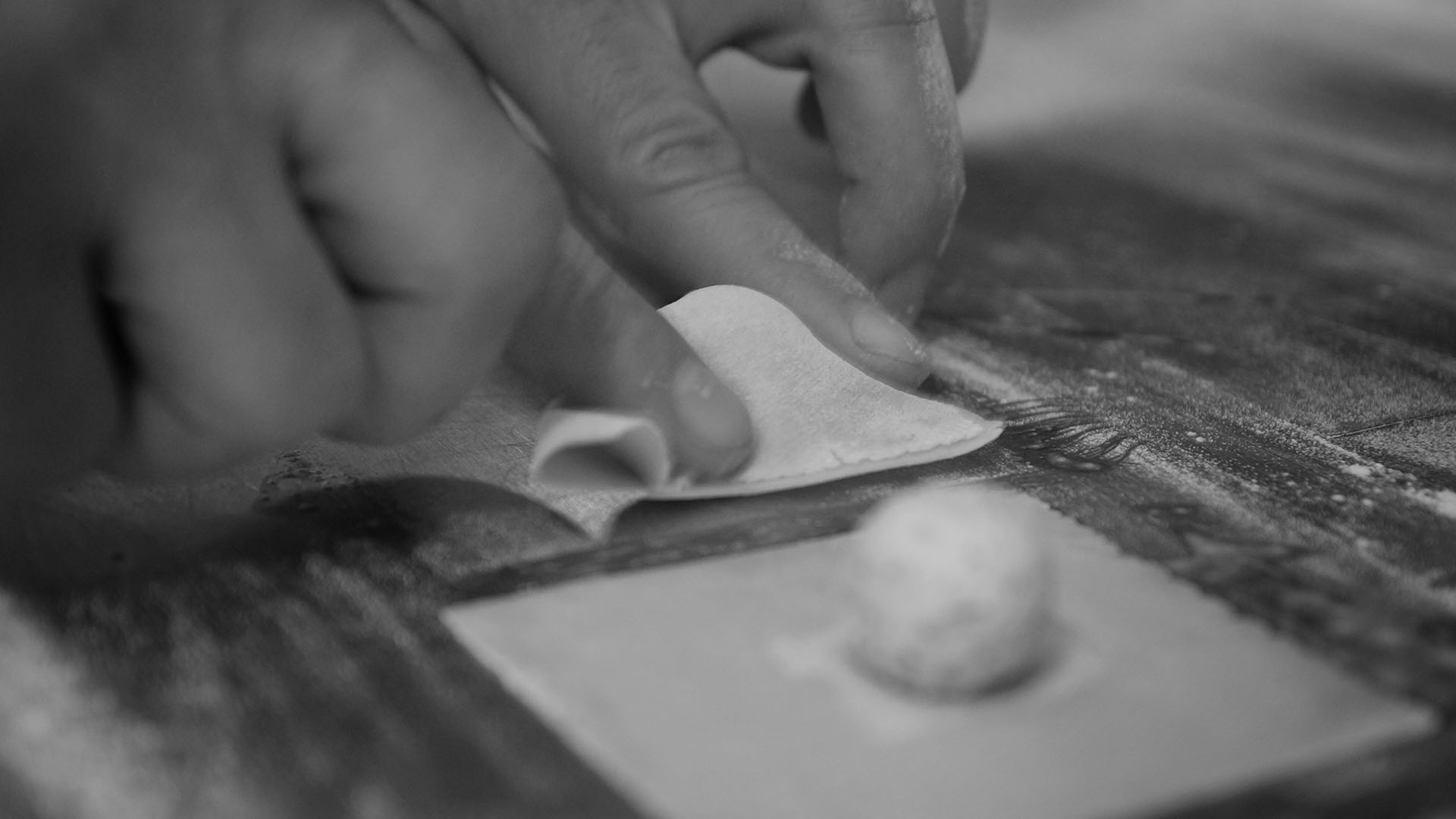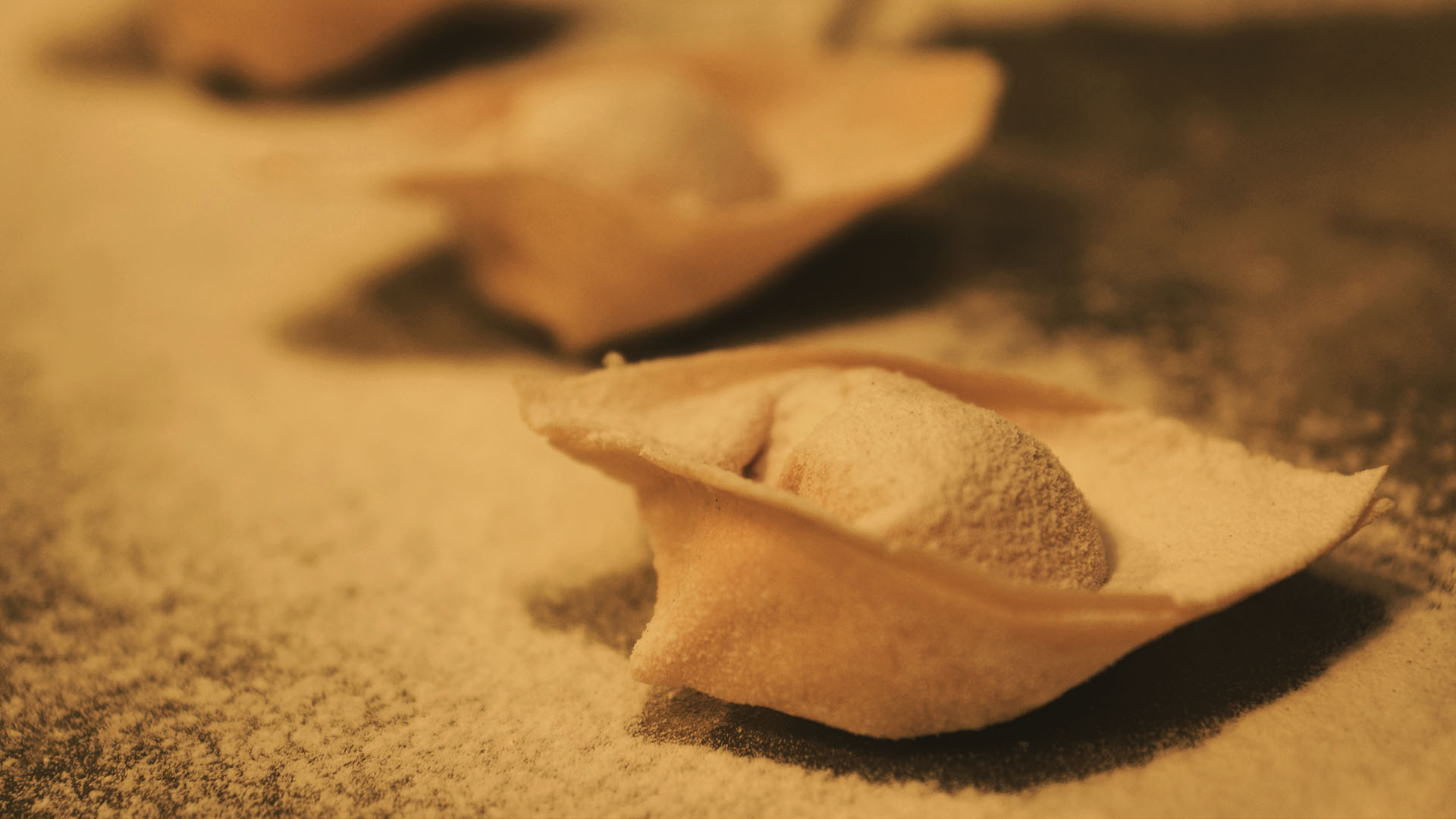Beyond Opulence: The Anatomy of the Modern Royal Living Room
The notion of royal interior design has evolved far beyond the gilded excess of Versailles or the baroque theatricality of Catherine Palace. Today's interpretation of regal living spaces marries centuries-old principles of grandeur with contemporary sensibilities, creating environments that whisper power rather than shout it.
The Mathematical Language of Majesty
Royal design operates on precise geometric principles that have remained unchanged since the Renaissance. The golden ratio—1.618:1—governs everything from furniture placement to ceiling heights in truly successful royal interiors. A properly proportioned royal living room typically measures between 400 and 800 square feet, with ceiling heights of 12 to 16 feet, creating the vertical drama essential to the aesthetic.
Symmetry forms the backbone of royal composition. Consider the recent project completed by Modenese Interiors in a Moscow residence: the 650-square-foot living room centers on a Carrara marble fireplace measuring 8 feet wide by 4 feet tall. Flanking this focal point, two identical Chesterfield sofas upholstered in Italian silk velvet create perfect bilateral symmetry, positioned exactly 14 feet apart—a measurement that allows for comfortable conversation while maintaining the room's formal balance.
The Science of Royal Color
Color psychology in royal interiors extends beyond mere preference into the realm of neurological response. Deep burgundy, scientifically proven to lower heart rate and create feelings of stability, covers 30% of wall surfaces in successful royal schemes. Cream and ivory, which reflect 85% of available light, occupy another 50%, while gold accents—limited to precisely 12% of the total color palette—provide the luminous contrast that prevents the space from feeling heavy.
The most sophisticated royal interiors now incorporate what designers call "jewel punctuation"—strategic placement of emerald green or sapphire blue elements that occupy no more than 8% of the visual field but create psychological anchor points that guide the eye through the space.
Materials That Define Monarchy
The tactile vocabulary of royal design speaks in exotic materials sourced from specific quarries and mills worldwide. Calacatta Gold marble, extracted from the Apuan Alps at altitudes exceeding 1,600 meters, displays veining patterns that occur in fewer than 3% of extracted blocks. When Modenese Interiors specified this marble for a recent St. Petersburg project, each slab was hand-selected to ensure vein continuity across a 12-foot console table surface.
Wood selection follows equally rigorous standards. Macassar ebony, with its distinctive chocolate and blonde striping, comes exclusively from trees aged 150 years or older. The veneer cutting process yields only 40 usable square feet from each 8-foot log, explaining its cost of approximately $180 per square foot for book-matched panels.
Silk textiles in royal interiors require thread counts exceeding 400 per inch. The finest examples, hand-woven in Lyon using techniques unchanged since the 18th century, take master craftsmen 240 hours to complete a single 54-inch by 12-foot panel. These textiles, when properly maintained, retain their lustrous appearance for over 50 years.
Furniture as Statement Architecture
Contemporary royal furniture transcends mere seating to become sculptural elements that define spatial relationships. A properly scaled royal sofa measures 9 to 10 feet in length with seat depths of 26 to 28 inches—dimensions that create the sense of grandeur while remaining functional for actual use.
The most successful pieces combine traditional forms with modern engineering. Italian manufacturer Visionnaire's "Babylon" sectional, frequently specified in high-end royal projects, employs a steel frame system that allows for seamless curves impossible with traditional wood construction, while maintaining the visual weight necessary for royal proportions.
Commissioning bespoke pieces requires understanding of Old World craftsmanship techniques. Hand-carved details, such as the acanthus leaf motifs popular in royal design, require 16 to 20 hours of work per linear foot by master carvers trained in European ateliers. The resulting pieces possess the slight irregularities that distinguish hand craftsmanship from machine production.
Illumination Strategy: The Crown Jewel
Lighting in royal interiors operates on multiple layers, with each serving specific psychological and practical functions. Ambient lighting, typically provided by crystal chandeliers, should deliver 30 to 40 foot-candles of illumination—enough to create drama without sacrificing functionality. The Baccarat "Zenith" chandelier, measuring 48 inches in diameter with 24 crystal arms, produces approximately 2,400 lumens while weighing 180 pounds, requiring specialized ceiling reinforcement.
Task lighting focuses on artwork and reading areas, with museum-quality LED systems providing 3,000K color temperature to preserve textile and paint integrity. Accent lighting—often hidden LED strips with dimming capability—highlights architectural details and creates the subtle gradations of light and shadow essential to royal atmosphere.
Case Analysis: Dubai Penthouse Transformation
A recent project in Dubai's Burj Khalifa district illustrates contemporary royal design principles in practice. The 750-square-foot living room, completed in 2023, demonstrates how traditional royal elements adapt to modern luxury requirements.
The space centers on a custom fireplace facade crafted from Portoro marble—black stone with dramatic gold veining sourced from Italy's La Spezia province. This 10-foot-wide installation required 14 individual stone panels, each weighing approximately 120 pounds, arranged to create continuous vein patterns across the entire surface.
Furniture placement follows classical proportions: two facing sofas positioned 12 feet apart create intimate conversation zones, while maintaining sight lines to panoramic city views through 16-foot floor-to-ceiling windows. The sofas themselves—custom pieces upholstered in Belgian silk velvet—measure 8.5 feet in length with 30-inch seat heights that provide the commanding presence royal design demands.
Metallic accents throughout the space follow the golden ratio in their distribution. Brass picture frames, lamp bases, and decorative objects occupy exactly 15% of visible surfaces, creating visual cohesion without overwhelming the neutral base palette of cream, ivory, and warm gray.
The Personal Kingdom
Modern royal design succeeds when it feels inhabited rather than displayed. This requires careful curation of personal elements within the formal framework. Family photographs in matching gold frames, positioned according to the rule of thirds, personalize the space without disrupting its symmetry. Collections of meaningful objects—whether rare books, sculpture, or family heirlooms—find designated display areas that contribute to rather than compete with the overall composition.
The ultimate achievement in contemporary royal design lies not in replicating historical precedents, but in understanding the psychological principles that made those spaces powerful. Through precise attention to proportion, materials, and craftsmanship, today's royal interiors create environments that inspire confidence and serenity—spaces worthy of modern royalty, whether born or self-made.
Companies like Modenese Interiors have elevated this understanding into an art form, combining traditional European craftsmanship with contemporary luxury standards to create living spaces that honor the past while embracing the present. Their projects demonstrate that true royal design transcends trend and fashion, rooting itself in timeless principles of beauty, proportion, and human psychology.
In the end, a royal living room succeeds not because it displays wealth, but because it creates an environment where its inhabitants feel empowered to live at their highest potential. This transformation of space into sanctuary represents the true inheritance of royal design tradition.






